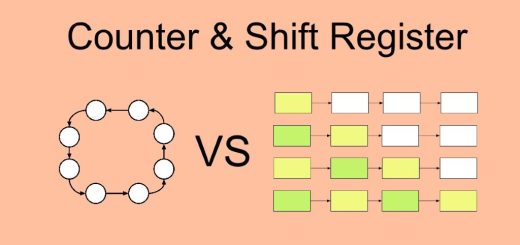A beginner’s guide to display ads
If you are new to digital advertising, the different options can seem bewildering. Learning about the different ad types can help you choose which ones are right for your business, boosting your chances of a successful campaign.
What are display ads
Display ad is a catch-all term that can cover a number of different forms of advertising. They are designed to be eye-catching and formats can include audio, visual, video, and animation. If you make HTML5 banners, you can incorporate a mixture of features, as well as interactive elements for designs to maximise engagement. HTML is fairly easy to learn, but if you want a design that is particularly rich in features, you will get the best results from a professional service, such as thebannermen.com/banners/animated-ads/html5.
Display options
There are several different display options. Banner ads can appear at the top, bottom or side of a page, while square or rectangle ads tend to be smaller and designed to be within or around content. Skyscraper or pillar ads are found in the margins of the page and scroll down with the user. An interstitial ad is a bolder approach, with an ad that takes up the entire screen either before or after the user has engaged with the page’s content. Another striking option is the pop-up ad that temporarily covers the page. A less intrusive option is an expandable ad that grows when the user interacts with it. Each placement has advantages and disadvantages and you will need to consider which placements are right for you. But all ads require a good call to action, such as to visit a website, make an appointment or purchase, or sign up to a newsletter.
Optimising your ads
To get the best results from your display ads, make sure they are relevant to your audience. As ads are naturally intrusive, anything that does not interest your audience will irritate them.
Use a format like HTML to get the maximum sophistication in your ads while minimising the load time. Test ads before displaying to make sure they do not unintentionally cover content.









